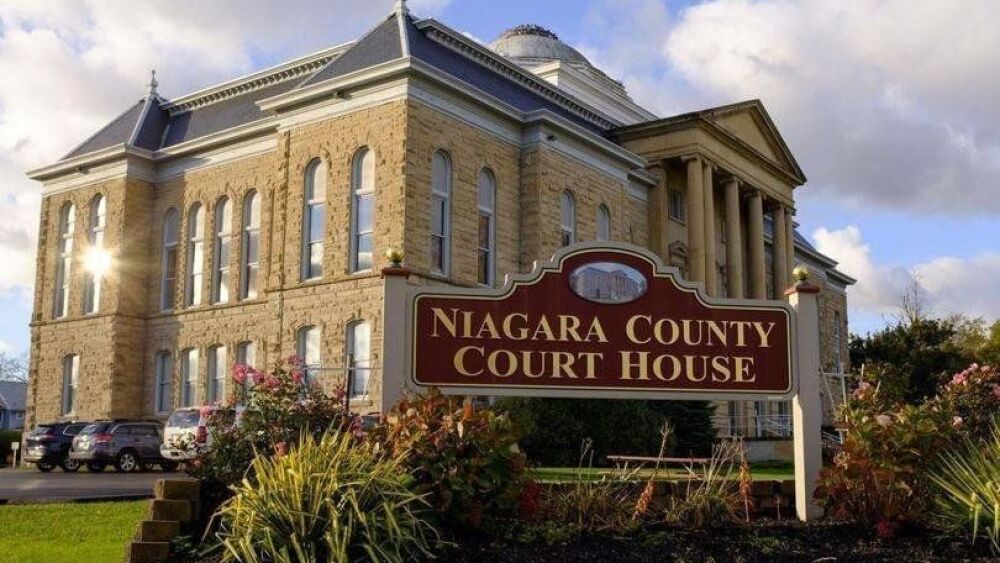Niagara Gazette
NIAGARA COUNTY, N.Y. — The initial rollout of Niagara County ambulance transport service will occur hopefully before Christmas, county Fire Coordinator Jon Schultz said.
The county has two ambulances ready to roll, and it’s expected that the state will issue a Certificate of Need for the service around the third week of December.
The county has purchased one used ambulance and will lease one ambulance from Wheatfield, Schultz said. At the same time, the private companies AMR and Twin City are both under contract to provide one staffed ambulance each, on 12-hour daytime shifts, until the county takes possession of four new ambulances early next year.
Schultz said his department has been doing research for the past few years to determine the most effective model for serving the county. In the end, he said, a county-run transport service acting as a supplement and backup to volunteer fire companies, made the most sense.
The county earlier this year contracted with the Rochester-based nonprofit Center for Governmental Research, for $100,000, to analyze various models and recommend the one that would best fit Niagara County. Newfane-based legislator Shawn Foti, who is a volunteer firefighter, said CGR’s preliminary report also points to a county-run service being Niagara’s best option.
Schultz’s and CGR’s analyses were fueled by a growing labor shortage in the EMS field. Membership in volunteer fire companies has declined and commercial ambulance services have been saying they’re overworked. The effect on residents is longer wait times for an ambulance in underserved communities.
Earlier this year, the county contracted with Mercy EMS to provide four months of supplemental service, from June to October, for $500,000.
The county will take possession of four new, road-ready ambulances in February. These were ordered this past June, and Schultz said they will take the place of the commercial services. AMR and Twin City are assisting the county for 60 to 90 days, for a per-day rate that’s roughly equivalent to Mercy EMS’s term rate.
“We’ve been looking at EMS for years,” Schultz said. “But we first started really looking into the EMS in the county during Covid and coming out of Covid. That’s when we had really seen the challenges and the county system as a whole.”
The first real test of supplementing volunteer fire companies came during the pandemic, Schultz said. When FEMA put two backup ambulances into the county for three months in 2021, 12 hours a day, Schultz saw that the system worked well, even in the midst of a public health crisis.
“That’s the model we’re looking at, because (daytime) is where they filled in, and it worked very well. The day gap is really hard,” he said. Day gap is a reference to the daytime unavailability of volunteers with EMS credentials because they’re likely at work.
While the county is going ahead with operating an ambulance transport service before CGR’s final report is in hand, Foti said that report is still needed, and he hopes it’s in hand by the end of the year.
“What we’re looking for from CGR is more about growing a county-wide system and how to pay for that. We expect the department to grow for five, 10, 15 years,” he said. “How are we going to pay for that and what does that look like?”
In the tentative 2024 county budget, 13 new jobs are listed in association with the county ambulance service: Six EMTs, four Advanced Life Support personnel and three supervisors.
(c)2023 the Niagara Gazette (Niagara Falls, N.Y.)
Visit the Niagara Gazette (Niagara Falls, N.Y.) at www.niagara-gazette.com
Distributed by Tribune Content Agency, LLC.


